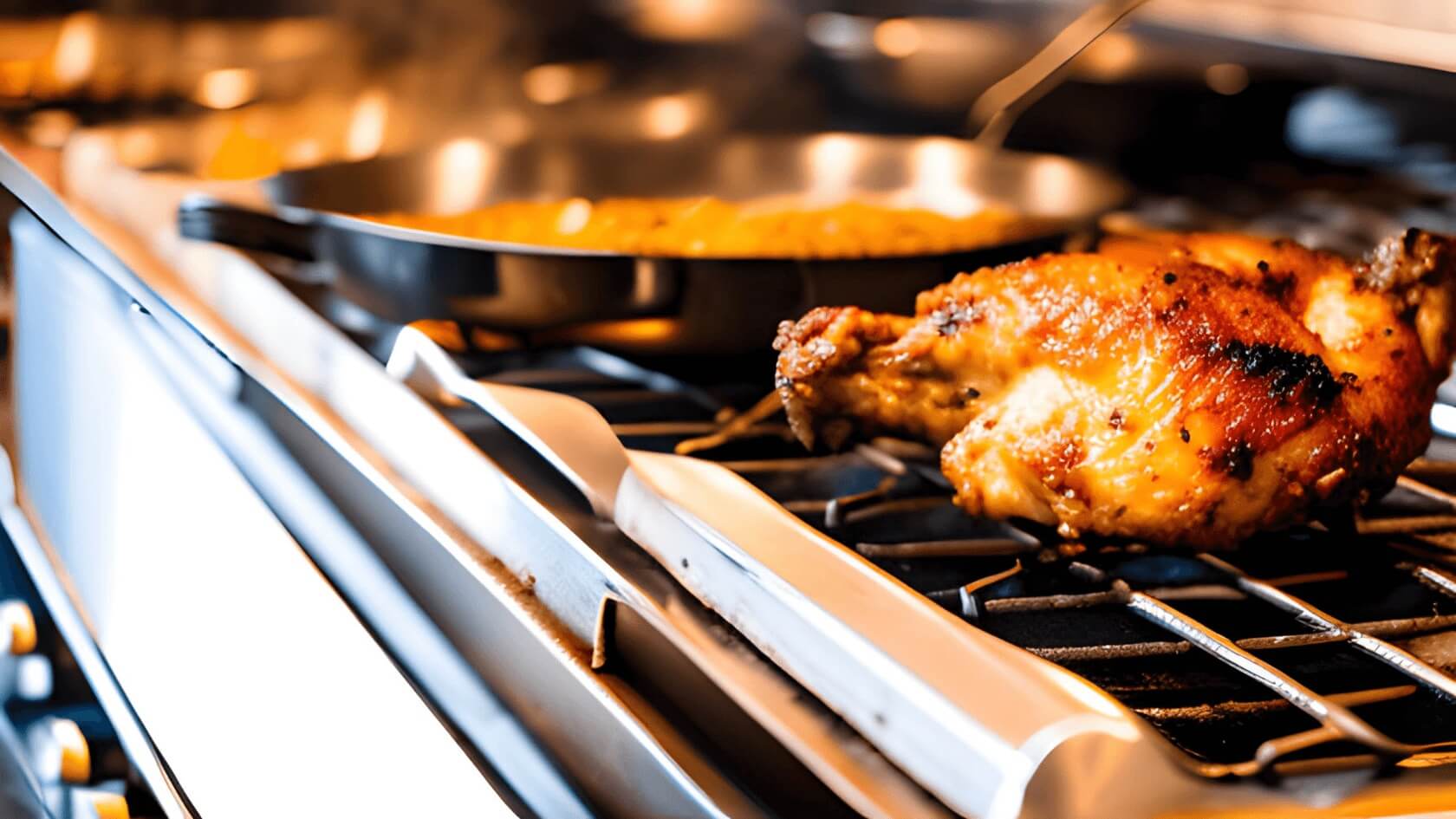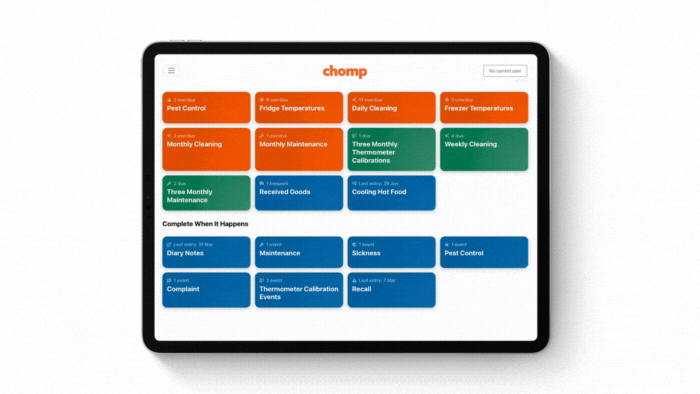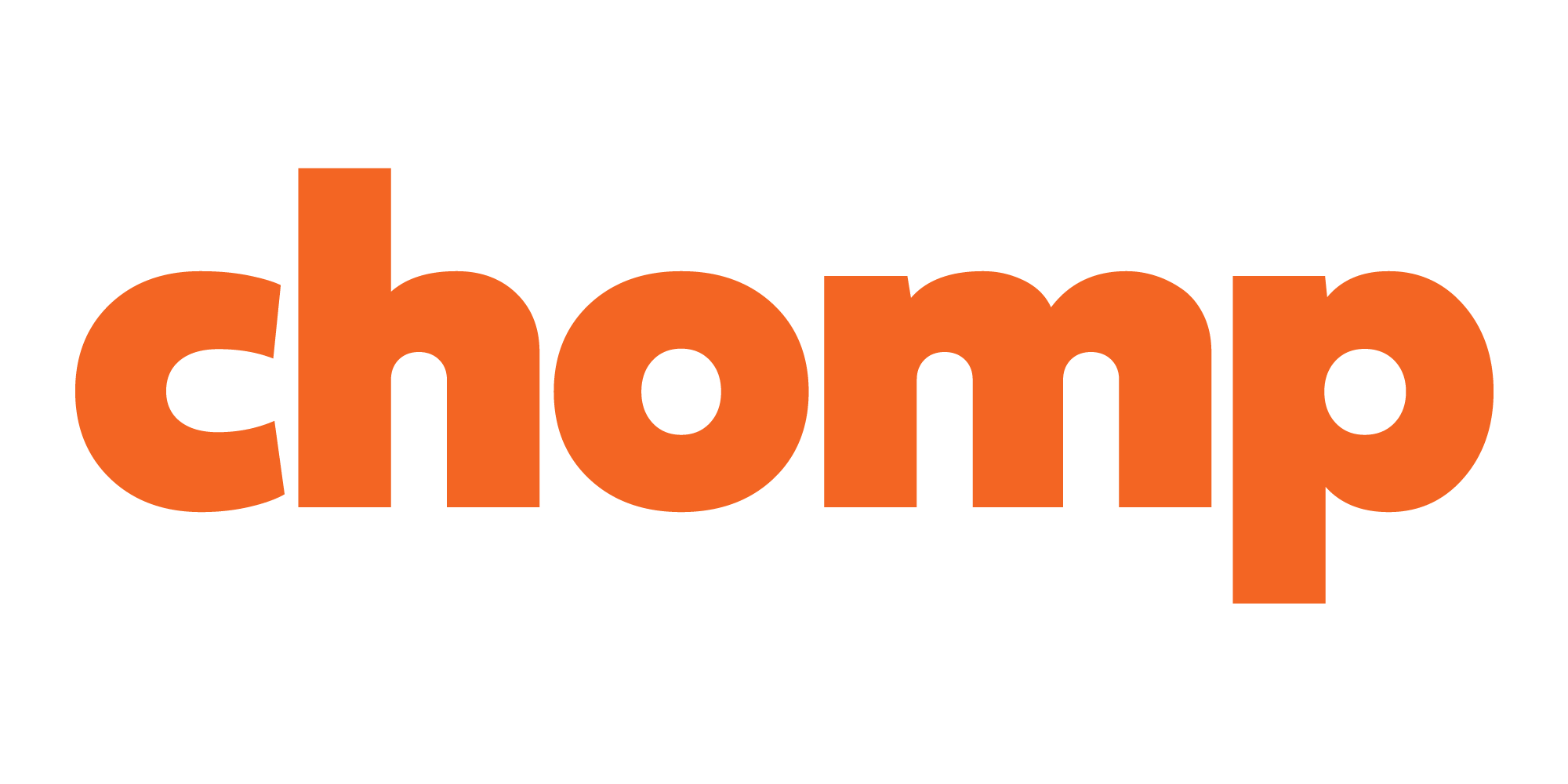
Understanding critical limits in a food safety plan is an essential part of operating a food business. Whether you are running a restaurant or involved in food preparation, understanding the importance of these limits is vital to ensuring the well-being of your valued customers and maintaining the reputation of your venue.
What are Critical Limits in a Food Control Plan?
Critical limits are specific benchmarks used in HACCP - the internationally recognised standard for Food Safety. They are designed to ensure that food served in your hospitality establishment is safe for consumption. In New Zealand and Australia, adhering to critical limits is not a choice, but a mandatory practice with regulatory requirements.
These limits play an instrumental role in controlling the growth of microorganisms, preventing chemical hazards, and preserving the overall quality and safety of the food being offered.
Why are Critical Limits Important?
While culinary skills, creativity, and experience play a significant role in enticing diners, it is the adherence to food safety protocols, including critical limits, that underpins everything. These limits act as the backbone, holding together the high standards of food quality that keep customers coming back for more.
Disregarding critical limits can have severe consequences for your business, both in terms of reputation and customer well-being.
Imagine this scenario: Your restaurant is renowned for its mouthwatering signature dishes, carefully crafted over years of culinary expertise. Hit by a busy rush, the crucial step of checking the internal temperature of a specialty dish is unintentionally overlooked, relying on the assumption that it's been made so many times before and is therefore consistent. Unfortunately, this oversight results in an undercooked meal, leading to guests falling ill due to food borne illness.
How to Find Critical Limits in a Food Safety Plan
Food Standards Australia New Zealand (FSANZ) is a statutory authority in the Australian Government Health portfolio. FSANZ develops food standards for both countries, known as the Australia New Zealand Food Standards Code.
The Code is enforced by state and territory departments, agencies and local councils in Australia; the Ministry for Primary Industries in New Zealand (MPI) and the Australian Department of Agriculture and Water Resources for food imported into Australia.
Critical limits can be found in the food standards and code that is applicable to your region. Critical limits include factors such as time, temperature, pH levels, moisture content, and other variables that impact food safety.
For example, New Zealand uses a Template Food Control Plan called Simply Safe & Suitable. It states that food businesses must always use one of the following time/temperature combinations when cooking poultry, minced or finely ground meat, or livers:
| Internal temperature | Minimum time at temperature |
| 65°C | 15 minutes |
| 70°C | 3 minutes |
| 75°C | 30 seconds |
These temperatures and times are the critical limits.
Ensuring Critical Limits are Being Followed
As you can see from the example above, a single misstep with monitoring internal temperatures can lead to unfortunate food borne incidents effecting your reputation (and not for the better).
To ensure you uphold your brand reputation, make sure you prioritise the integration of stringent practices related to critical limits.
Vigilant monitoring, meticulous record-keeping, and adherence to industry guidelines will ensure that your food offerings consistently meet the highest standards of safety and quality.
A convenient and efficient solution to ensure the adherence to critical limits is by utilising a digital food control plan app like Chomp. With Chomp, critical limits are already incorporated, and your team will receive prompts to record necessary tasks. In the event that a critical limit is exceeded, the team member will be immediately prompted to provide a reason and outline the corrective actions taken.
 Corrective actions may include adjusting processes, retesting or product removal. This streamlined approach ensures that your food safety protocols are consistently upheld and any deviations are swiftly addressed.
Corrective actions may include adjusting processes, retesting or product removal. This streamlined approach ensures that your food safety protocols are consistently upheld and any deviations are swiftly addressed.
Remember, as a business owner, your commitment to food safety through respecting critical limits is not just a best practice; it's the key to long-term success and the trust of your loyal customer base.
